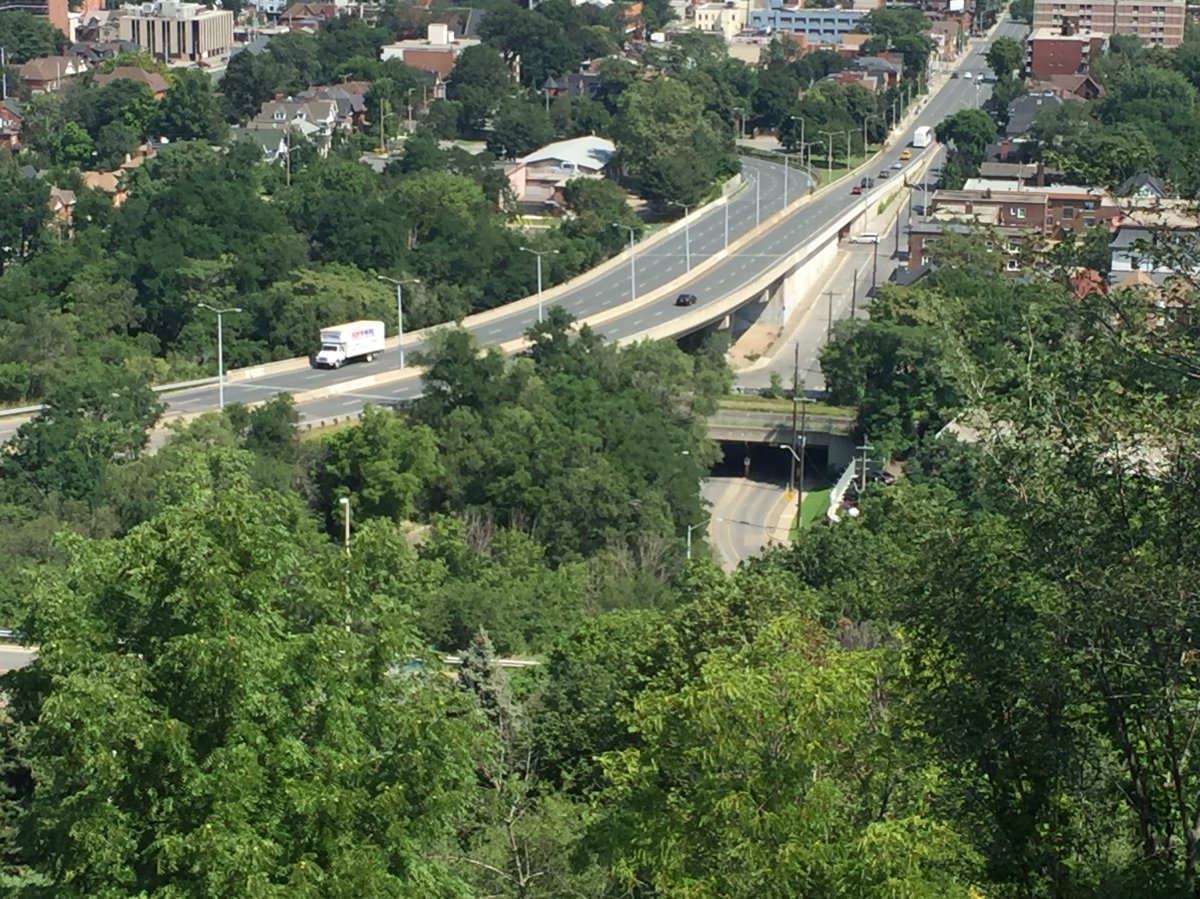A new economic analysis released by the Conference Board of Canada Tuesday finds that growth is expected to slow in Hamilton and across the country this year.

The city hit a 17-year high with 3.4 per cent GDP growth in 2017, a level that report co-author Alan Arcand deems unsustainable.
He said Hamilton’s employment sector will remain strong despite the estimated loss of 4,600 jobs.
“You had 32,000 gained the year before, still a net gain of over 25,000 so over the two-year period, which is very, very strong” he said, adding he anticipates employment numbers to bounce back in 2019.
Part of the economic slowdown is being linked to cooling measures in the housing market and more moderate housing starts.

Get breaking National news
It’s also what Arcand calls the “new normal” for Canada, given the number of retiring baby boomers.
“We do have a large number of immigrants coming in helping to offset this trend but still given the large number of retirements that are taking place it’s going to really put a limit on growth,” he said.
The report anticipates that Hamilton will hit two per cent real GDP growth this year, the same number projected for Canada as a whole, but those numbers are subject to change.
The Conference Board of Canada acknowledges NAFTA negotiations with the U.S. stand to play a significant role in altering economic outcomes.
The analysis was developed on the basis that NAFTA remains in place.
“Obviously that means that if NAFTA negotiations were to be derailed then there would be downside risk to this outlook given that tariffs would increase on a number of products,” said Arcand.
In the current climate, Hamilton is expected to see more moderate growth in manufacturing, construction and the services sector.
There are also some bright spots in transportation and warehousing. The Port of Hamilton hit a record number of agriculture-based shipments in 2017 and Hamilton’s John C. Munro International Airport became the fastest growing airport in Canada with an 80 per cent increase in traffic and 13 per cent increase to cargo volume.








Comments